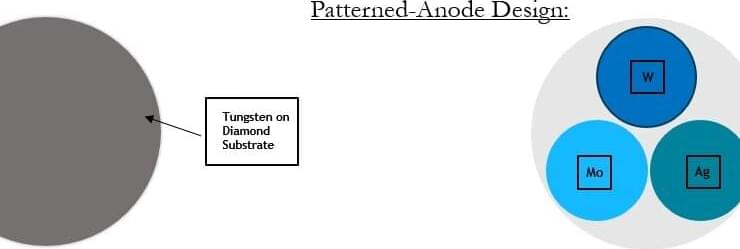Scientists have developed and tested a deep-learning model that could support clinicians by providing accurate results and clear, explainable insights—including a model-estimated probability score for autism.
The model, outlined in a study published in eClinicalMedicine, was used to analyze resting-state fMRI data—a non-invasive method that indirectly reflects brain activity via blood-oxygenation changes.
In doing so, the model achieved up to 98% cross-validated accuracy for Autism Spectrum Disorder (ASD) and neurotypical classification and produced clear, explainable maps of the brain regions most influential to its decisions.







